Origins of the Internet
Internet 1.0, Internet 2.0, ...
Internet 1.0
1963-1974
Joseph Licklider (1915-1990), a psychologist, computer scientist and director at the Advanced Research Projects Agency (ARPA, today called DARPA), an arm of the US Defense Department, helps build ARPANET:
a network of computers from Pentagon-funded research institutions over telephone lines.
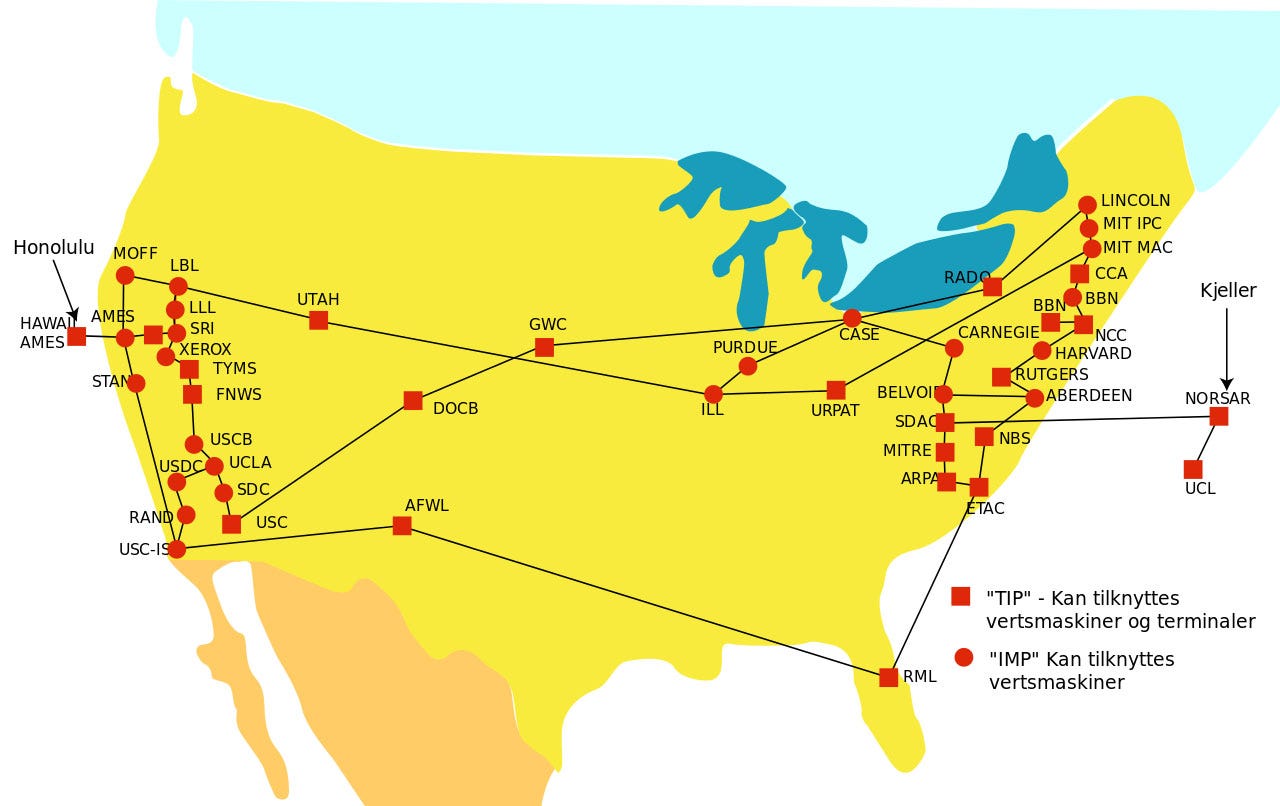
Under ARPANET, several major innovations occur:
the electronic mail (email), a system to send simple private messages to people across the network (1971).
telnet, a connection service for controlling a computer remotely (1972).
the file transfer protocol (FTP), which allows files to be sent from one computer to another (1973).
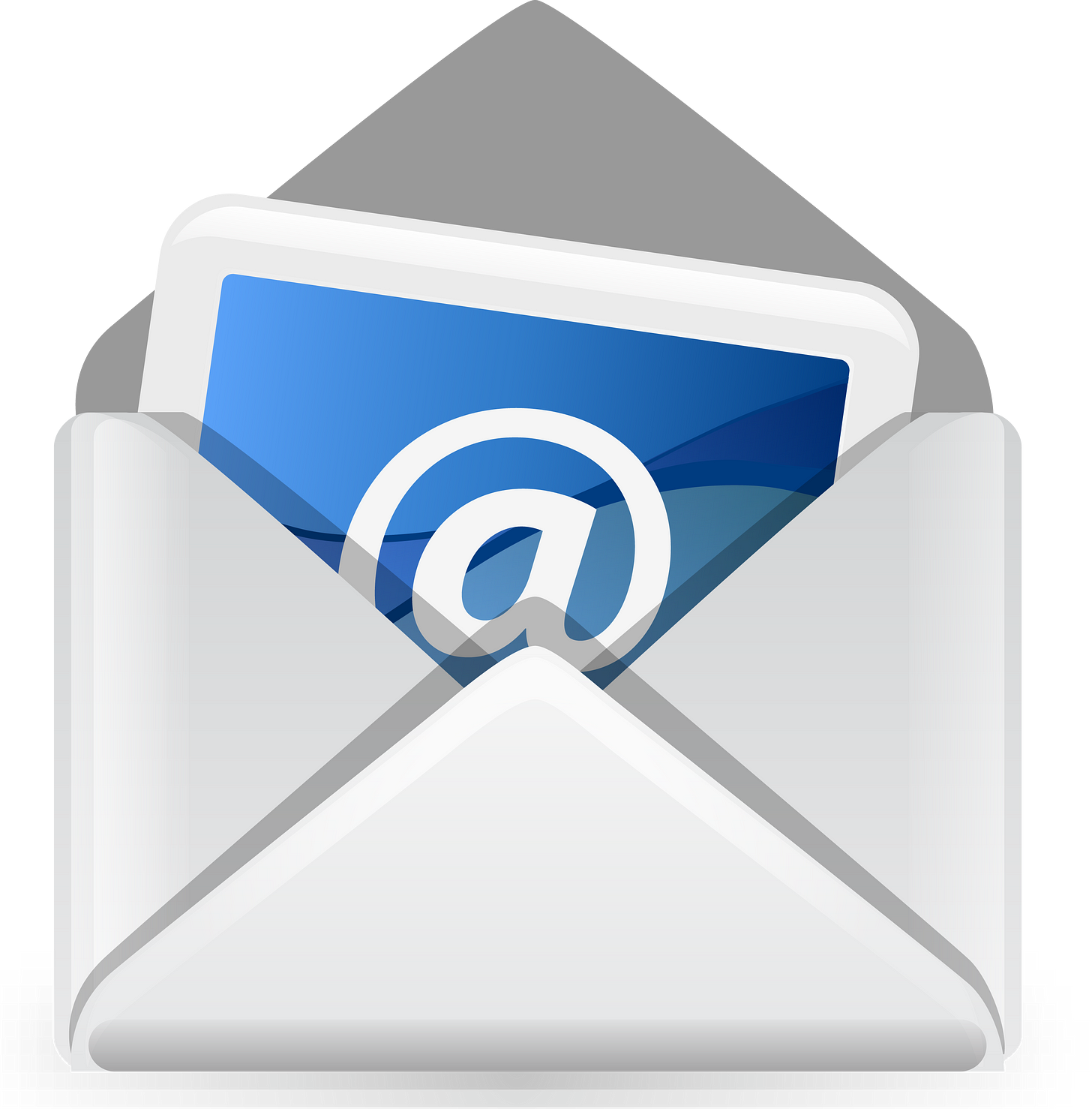
1989-1990
Tim Berners-Lee, born in London (UK) in 1955, graduated in Physics from Oxford University, and a scientist at an European physics laboratory, develops a prototype for the WorldWideWeb (WWW), a project for the NeXT Operating System that leads to the first web (i) browser, (ii) server, and (iii) page editor.
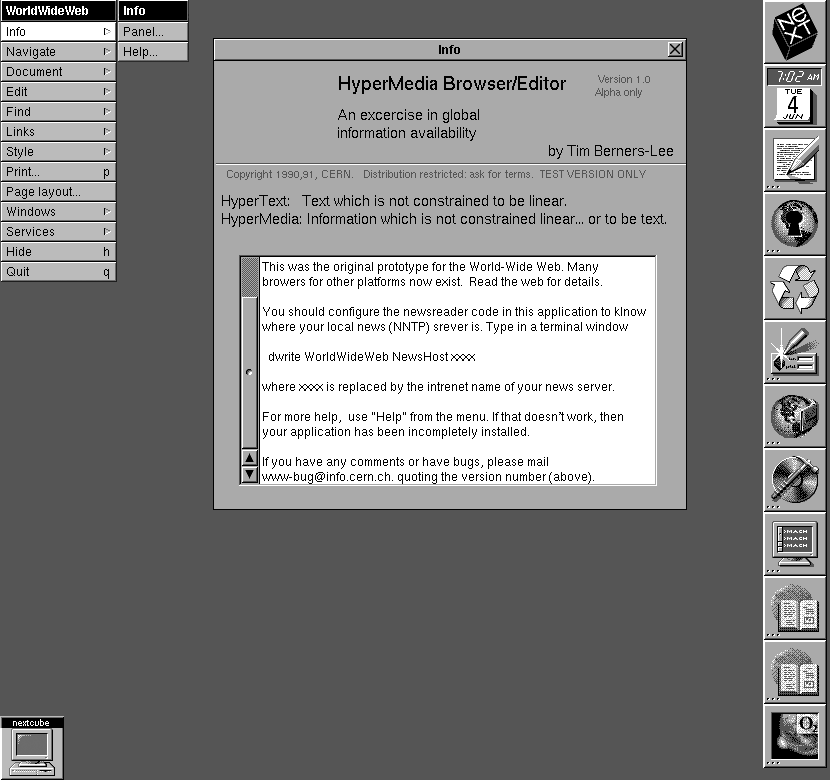
WorldWideWeb is renamed to Nexus to avoid confusion with the world wide web (or simply web – a collection of digital information accessed through (i) a global network of networks and computers, called the internet, and (ii) web browsers).
Tim Berners-Lee becomes the primary author of HTML (HyperText Markup Language), HTTP (HyperText Transfer Protocol), and URLs (Universal Resource Locators, also known as web addresses) – critical technologies for the web we use today.
HyperText is text which contains links (also called hyperlinks) to other texts. HyperMedia is a nonlinear medium of information that might include graphics, audio, video and text (clickable or not). Nonlinear medium of information is one that is not intended to be accessed or written in a given order (e.g., DVD, dictionary, encyclopedia, hard-drive, newspaper, website).
As I write, Tim Berners-Lee is the co-founder and director of
the World Wide Web Consortium (W3C), the international group that sets technical standards for the web
the Web Foundation, whose mission is to fight for a world where everyone can access the web and use it to improve their lives
Inrupt, a company that aims to deliver his original vision of a web where end users are in control over data access and storage
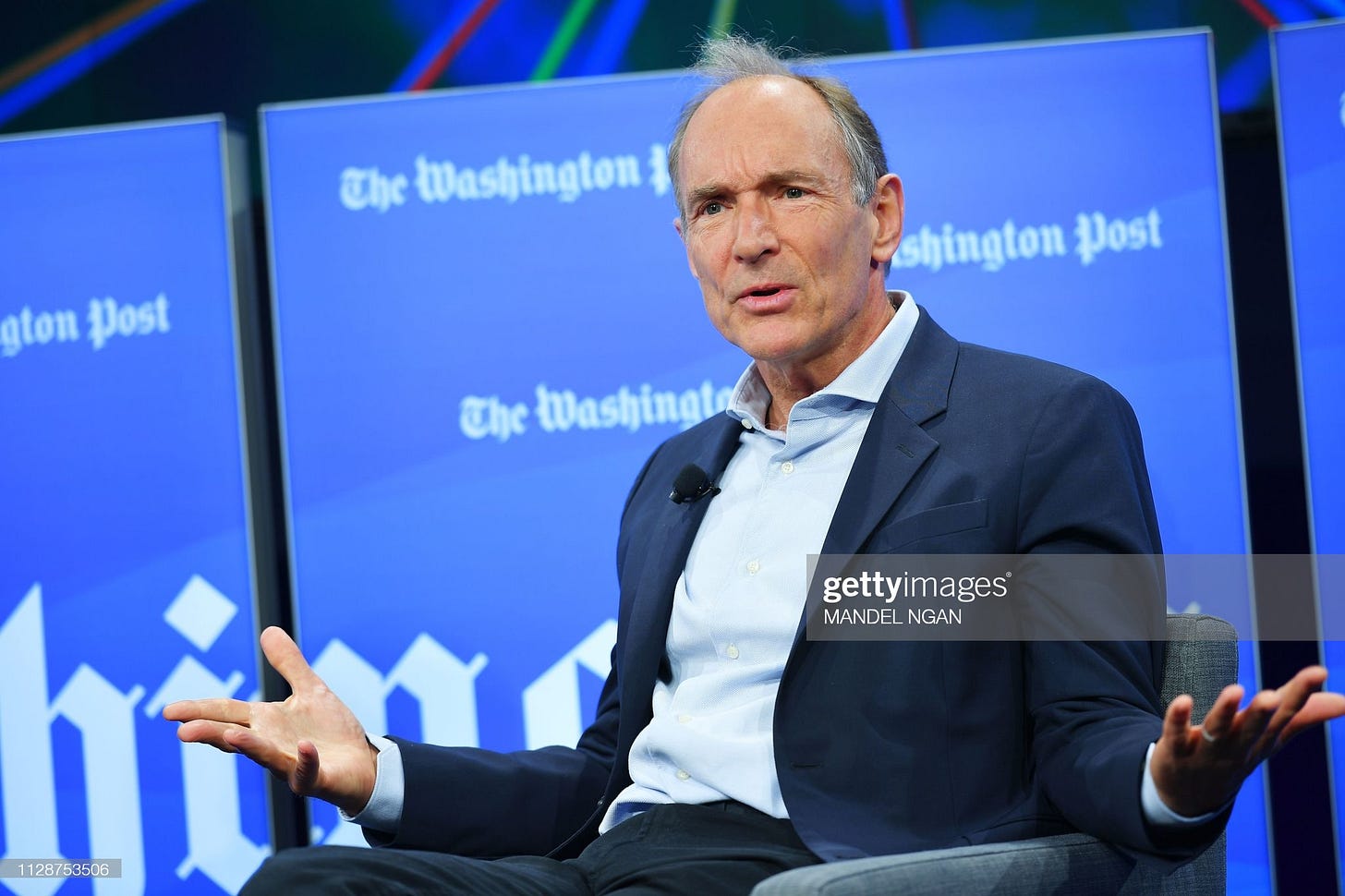
1992-1993
The line-mode browser (part of the WWW project) becomes the first one compatible with different kinds of computers. It could only display text and only a keyboard could be used (even to follow a link).
WorldWideWeb code is put in the public domain.
Mosaic web browser is the first web browser with an intuitive graphical interface and allowing the display of images inline with text (instead of in a separate window). Created at the National Center for Supercomputing at the University of Illinois.
1994
WorldWideWeb is discontinued.
Marc Andreessen (Mosaic co-creator) releases Netscape Navigator, which quickly becomes the most dominant web browser.
In these early years of the web, web pages were static, i.e. user actions on a page wouldn´t change its contents or design.
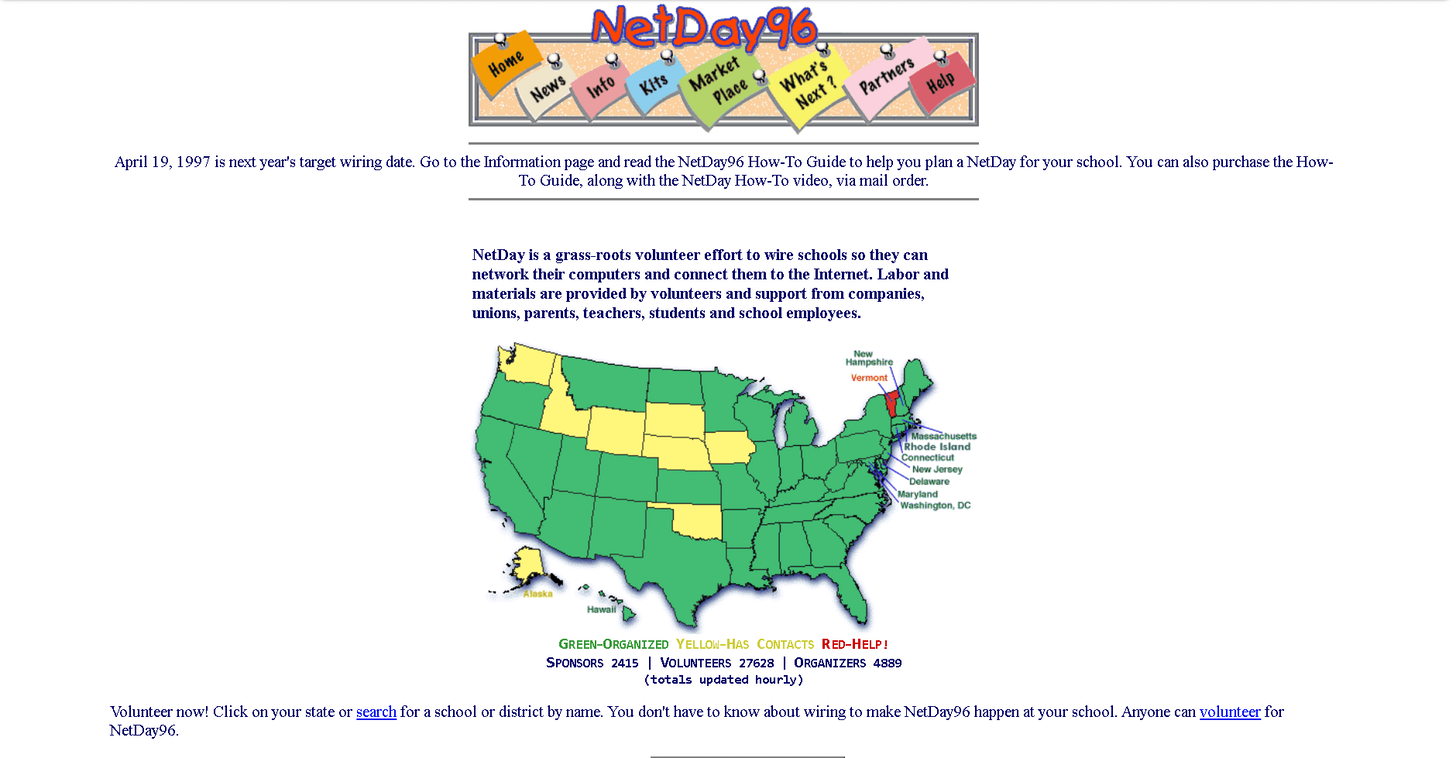
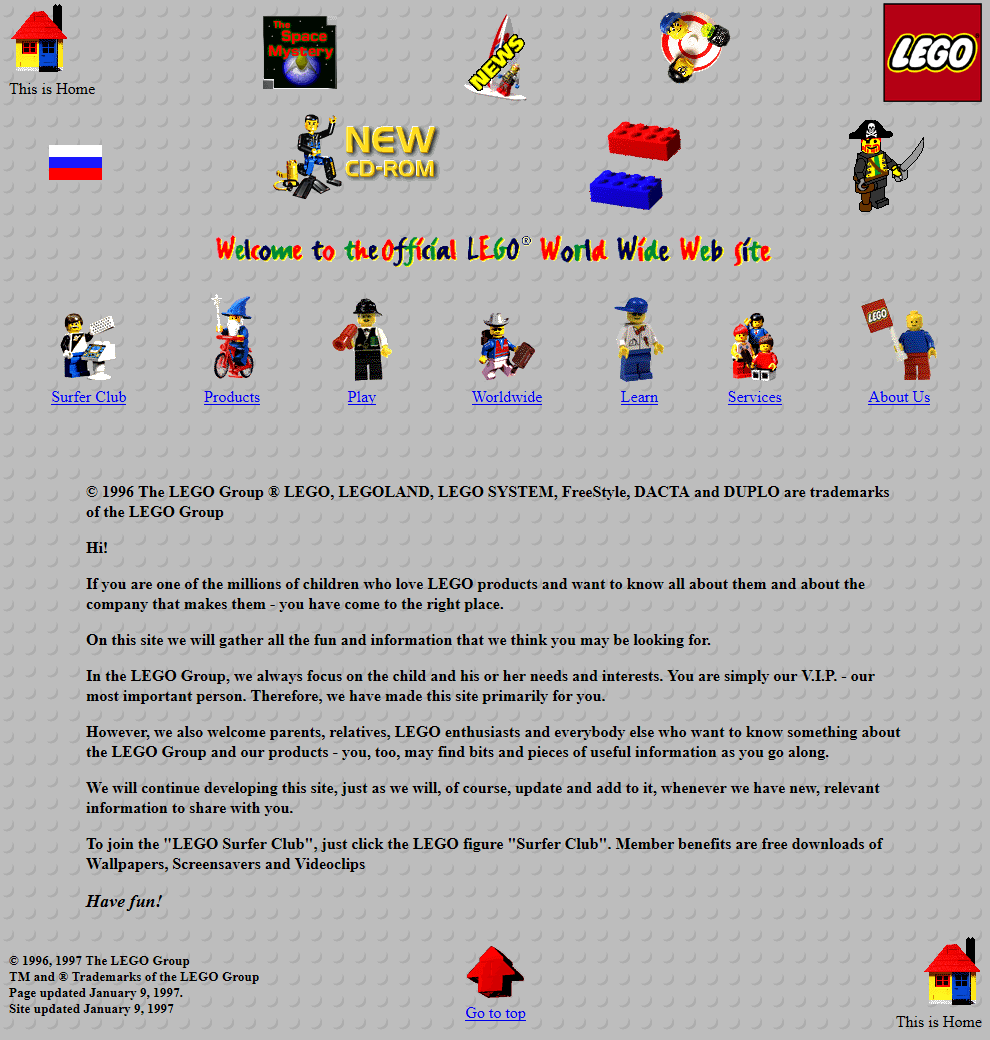
1995-1996
Microsoft launches its first browser, Internet Explorer.
Netscape introduces JavaScript, a programming language that runs in browsers to make dynamic web pages possible, i.e. so that user actions on a page can change its contents design.
John Perry Barlow, a founder of the Electronic Frontier Foundation, publishes “A Declaration of the Independence of the Cyberspace”, proclaiming that no institution can control the network:
We have no elected government, nor are we likely to have one, so I address you with no greater authority than that with which liberty itself always speaks.
I declare the global social space we are building to be naturally independent of the tyrannies you seek to impose on us. You have no moral right to rule us nor do you possess any methods of enforcement we have true reason to fear.
We are creating a world where anyone, anywhere may express his or her beliefs, no matter how singular, without fear of being coerced into silence or conformity.
1998
Netscape releases the source code of its browser suite, leading to the creation of the Mozilla project.
The aim of the web thus far was mostly to make information available to users via websites, and not to store / present data previously gathered from the users using applications. It´s the so-called Web 1.0.
Internet 2.0
The Web 2.0, term introduced in 1999, refers to the ability for the end user to provide and store data online via applications or apps.
It marks the rise of social media and content creators in the digital sphere.
1999
Napster, a peer-to-peer (P2P) music file-sharing service, is launched.
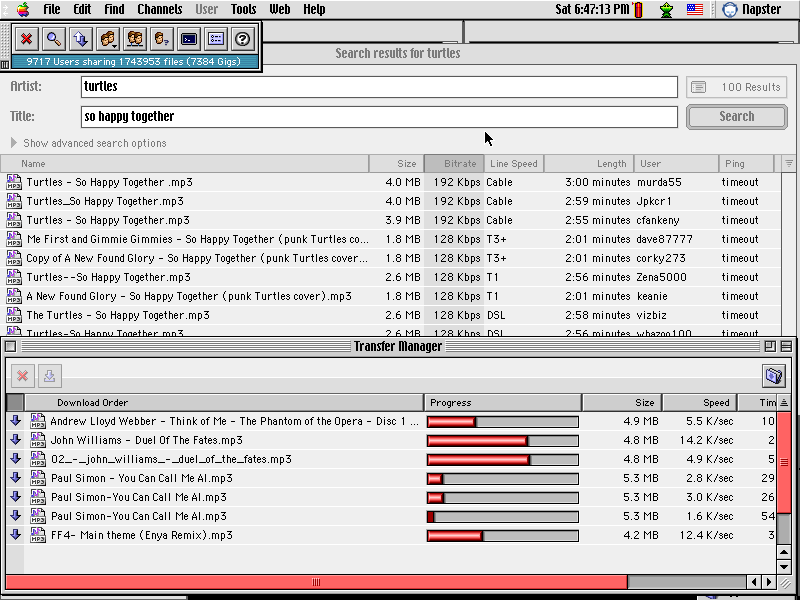
2000
Companies like Google, Amazon and Apple start amassing market share.
Digital advertising gets its way paved to become the dominant business model of the web.
2001
BitTorrent, an open-source decentralized technology, enables users to download large files in a peer-to-peer fashion (and also from multiple hosts at once rather than from a single server).
The National Institute of Standards and Technology (USA) publishes the Advanced Encryption Standard (AES), an encryption algorithm created by the Belgian cryptographers Vincent Rijmen and Joan Daemen.
AES replaces the vulnerable Data Encryption Standard (DES) adopted in 1977.
2004-2006
Facebook is launched.
Amazon Web Services begins marketing IT infrastructure to businesses, and the term “cloud computing” gains traction, referring to the storage and processing of data and applications on remote servers.
Google buys YouTube.
Twitter launches.
2007
Apple introduces the iPhone.
2013
CIA subcontractor Edward Snowden leaks classified files that show how the National Security Agency (NSA, from USA) is monitoring the communications of US citizens with help from telecom firms + internet companies like Google, Facebook, Microsoft, and Yahoo.
👁️ Snowden's talk at Web Summit 2019 in Lisbon (Portugal), available on ChainSafe.
2014-2022
References
https: www.webdesignmuseum.org
https: web.archive.org web 19961227073158/http://netday96.com/


